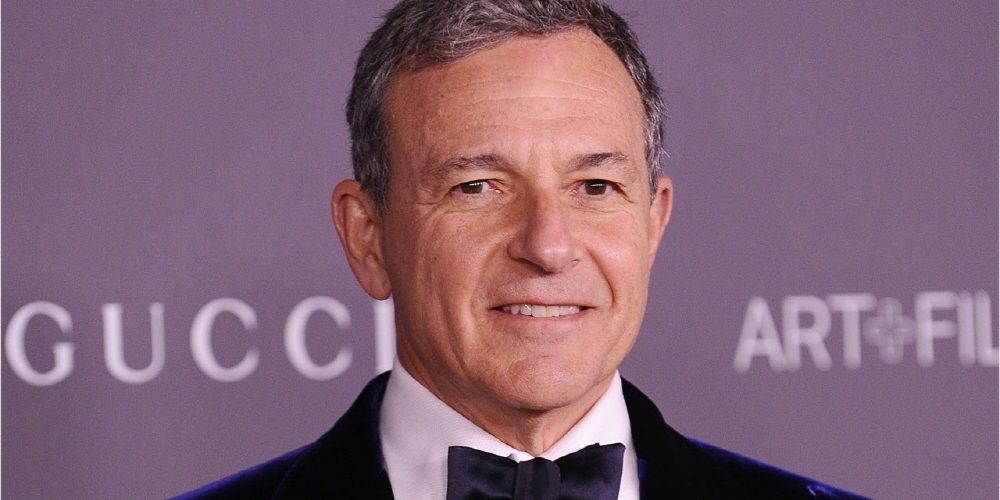
When Robert Allen Iger took over as Disney CEO, Disney was in a slump due to a sluggish business and the rise of rival Pixar. It is Bob Eiger who rebuilt such Disney and raised it into a global entertainment company.
In 2005, she took over as Disney’s CEO, and on her first board of directors, she emphasized the fact that Disney was no longer special to children long ago. In the brand power survey at the time, Pixar, which had grown rapidly thanks to the success of Toy Story, a movie released in 1995, took the lead, and Disney lost its share of family-oriented content to Pixar.
For this reason, Eiger’s method of rehabilitation was to acquire Pixar. The acquisition of Pixar, which has already grown into a conglomerate, took a lot of money, so it was not easy for the big company Disney. But the bigger challenge than funding was Pixar CEO Steve Jobs.
At the time, Eiger’s predecessors, Michael Eisner and Jobs, became stubborn, and the relationship between Disney and Pixar, which had been a long-standing partnership, was also cooled. Eiger’s staff advised that Jobs would never approve, and that if the acquisition was reached, it would end in disastrous results after thorough resistance.
Eisner is the person who persuaded Eiger, who was originally the CEO of Disney’s American Broadcasting Company (ABC), into Disney. Eiger admired Eisner, but their personalities were opposite. Eiger was a cheerful neglectist and a person who preferred intuitive decisions, but Eisner was a pessimist, a type who managed to take care of the details and struggled over and over again when making decisions. The reason Eisner didn’t fit with Jobs is known to be that he hated Eisner’s prudent bureaucratic personality because he had a keen personality.
Eiger called Jobs the day after the board. However, Eiger, whose motto is to make quick decisions, seems to have been intimidated when contacting Jobs. He later recalled in his memoirs that he decided to contact Jobs the morning after the board of directors, but it was the afternoon that he actually called. At this time, Jobs could not be contacted, but Jobs contacted him when Eiger was on his way home at 18:30 this day.
Eiger stopped the car and had a crazy idea, asked if he could meet him in the near future, and Jobs said to see him now. Eiger talked about Disney’s acquisition of Pixar, and Jobs had been silent for a long time before being told that it was definitely crazy.
With this opportunity, Jobs, who took office as a director of Disney, became a good consultant for Eiger. Jobs, who wore black turtlenecks and jeans, to Eiger, who was always in a business suit at the start of work, had the opposite business style, but they respected each other’s strengths. By the time Disney’s acquisition of Pixar was complete, Jobs’ cancer had recurred, and it was only his wife Lauren Powell and Eiger that Jobs called to the bed and shared this fact.

Despite the success of this $7.4 billion acquisition of Pixar, Eiger hasn’t been able to solve all of Disney’s problems in sluggish business over the past decade. Eiger offers three ways to counterattack. This means introducing the latest technology to animation production, actively entering into rapidly growing China and India, and investing heavily in content with high-quality brand power.
Third, the basic idea of content investment is the concept that is the basis of Disney +, a streaming service that Disney launches in 2019. At that time, it was only about a year after YouTube started its full service, and Netflix was still a DVD rental company. Disney Plus, led by Eiger, is fully prepared, and the number of registered users exceeds 1 million even before the service starts. Related information can be found here .


















Add comment